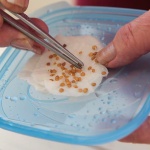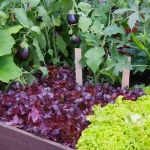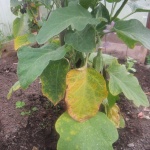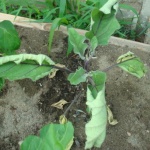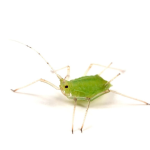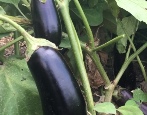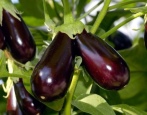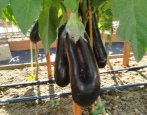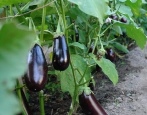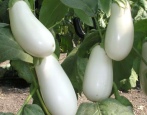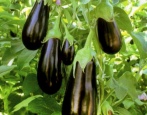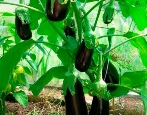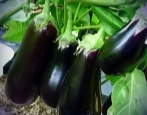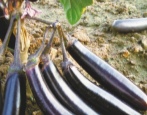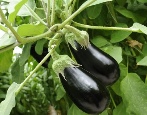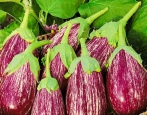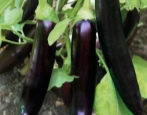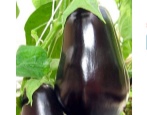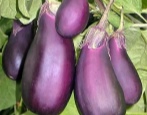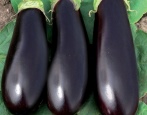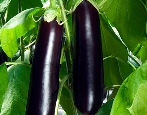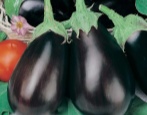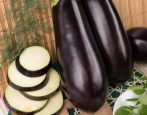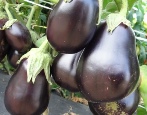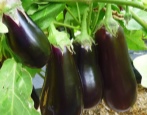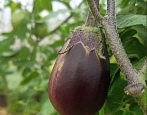
- Authors: Klimenko N.N., Kostenko A.N., Sergeev V.V.
- Name synonyms: Black Opal
- Year of approval: 2010
- Growth type: medium-sized
- Bush height, cm: 50-70
- Fruit shape: cylindrical
- Fruit weight, g: 150-210
- Yield: high yielding
- Keeping quality: not subject to long-term storage
- Transportability: high
Eggplant Black Opal is a relatively old culture, due to which it managed to gain the respect of gardeners. Farmers opt for the variety because of its presentable appearance, which is very important for sale. Many people value the vegetable for its simplicity in care.
Breeding history
The variety in question has a synonym: Black Opal. It appeared in our country thanks to the agricultural company Poisk (Moscow region). Breeders A. N. Kostenko, N. N. Klimenko, V. V. Sergeev worked on it. In 2010, eggplant was added to the list of the State Register and became available for mass cultivation.
Description of the variety
Black opal does not belong to the category of hybrids, it is an independent variety. It is recommended to cultivate it not only in open areas, but also in film structures.
Characteristics of the appearance of plants and fruits
The type of growth of the variety in question can be designated as medium-sized. The bush rises above the ground by an average of 50-70 centimeters, and it is semi-spreading. The stem with an anthocyanin shade is slightly covered with fluff. Moderate green leaves have wavy edges and a smooth surface. Rarely located spines are visible on the calyx. Eggplant repeats the shape of a cylinder and stretches 16-18 centimeters in length.
Each copy weighs 150-210 grams. The peel is smooth, shines in the sun. The color of the vegetable in the phase of technical maturity is purple, the color of the flesh is greenish.
Purpose and taste
The described variety of eggplant is universal. You can eat the vegetable not only in salads, soups, snacks and other dishes, but also canned it. The taste of the fruit is balanced, there is no bitterness in it, the pulp is saturated with vitamins.
Ripening terms
According to the characteristics, this species is classified as a mid-season type. The fruiting period starts 125-130 days after planting.
Yield
Black opal boasts high productivity. On average, farmers remove 5.5-7 kilograms of eggplants from one square meter from bushes covered with film.
Growing regions
The geography of distribution of the described culture is very extensive. You can observe the vegetable in the Middle Volga, northern, West Siberian, North-West, Lower Volga, Far Eastern, Ural, Central Black Earth, East Siberian, Central, North Caucasian, Volga-Vyatka regions of our country.
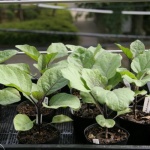
To get a tasty and bountiful eggplant crop, you must first grow strong and healthy seedlings. This culture is considered very capricious, therefore, you need to take care of seedlings when growing at home as correctly and carefully as possible.
Landing scheme
When starting the process of planting Black Opal, you should maintain a distance between the bushes equal to 40 centimeters. Additionally, you need to provide a gap separating one row from another, 70 centimeters.
Growing and care
Sowing seeds should be started in the first or second decade of March. On the eve of the procedure, the planting material is disinfected with potassium permanganate or the drug "Fitosporin M".
The seeds are immersed in the ground to a depth of 1-2 centimeters and moistened with warm water about once every 5 days. In the room where there are boxes with seedlings, it is advisable not to turn off the light 14 hours a day.
Young plants are moved to a permanent place approximately on March 20-30. It is good if the bed is located where greens, watermelons or carrots used to grow.
When caring for a vegetable, it is necessary to loosen the soil from time to time and cut off individual shoots and ovaries that are not needed. Watering is carried out as needed, in the morning or evening hours. Black Opal also loves to be fed. For this procedure, manure, ash, dung, superphosphate, nitrogen fertilizers, and potassium salt are used.
Eggplants are removed from the bushes at the stage of technical ripeness, separating them from the bush together with the stalk.
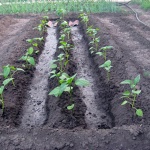
Planting eggplant is one of the most important stages in growing. When choosing a place for eggplants in your area, it is important to remember that this culture should be in warm soil, constantly illuminated by the sun. The plant is also very fond of spacious, open spaces, since its roots can grow over sufficient areas.


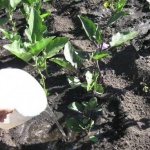
Soil requirements
This variety of eggplant feels comfortable in loose soil, perfectly absorbing moisture and having neutral acidity.
Required climatic conditions
When deciding on a place for a garden, it is worth giving preference to a territory where it is always sunny, or there is partial shade, and there are no drafts.
Disease and pest resistance
The culture in question shows excellent resistance to diseases such as tomato mosaic virus and stolbur.
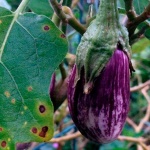
Eggplant is one of the most demanding crops. For its successful cultivation, it is necessary to create optimal conditions, as well as to carry out prevention and fight against diseases and pests. Eggplant often infects both fungal and viral diseases. If treatment is not started on time, you can completely lose the crop.
Review overview
The above-described variety is highly appreciated not only by farmers with many years of experience, but also by novice gardeners. They note the absence of bitterness in its taste, the compactness of the bushes, ease of care, and a considerable amount of harvest.
